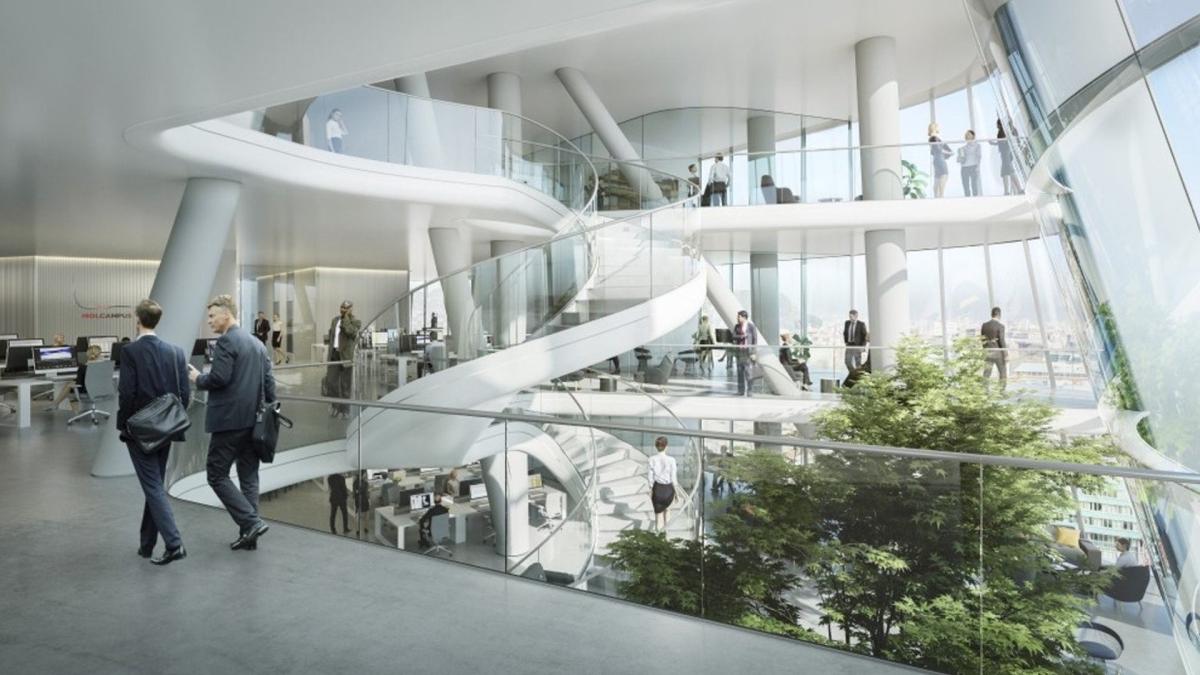
Exclusive reality in the building industry - a real estate report
In the DIH-World online event the participants could become familiar with the latest digital solutions and the possibilities of use of HoloLens through such pilot projects as MOL Campus and Glencore.
We took part in an exciting professional discussion again, this time in the joint online event of the Territorial Innovation Platform in Szeged and the South Great Plain clusters for which we prepared with several lectures focusing on construction industry in the field of digitalization. The event was attended by András Csiszár on behalf of IQ Kecskemét who presented the practical application of extended reality and Tamás Gyulai who spoke about his experiences acquired as a posted researcher of the University of Győr in the development projects of smart towns in Lithuania (Kaunas town) and in Japan (Hamamatsu, Fujisawa, Kashiwa-no-ha and Kitakyushu towns).
From his lecture titled "Digital solutions in the construction industry - extended reality in practice" those interested could become familiar with Hololens toolkit and its practical application in the construction industry. KÉSZ Group uses Hololens typically for displaying 3D models: it provides a solution for designing, quality inspection, training, subsequent maintenance, measurements, preparation of less complicated compositions and facilitation of transparency alike.
During the lecture he presented also pilot projects about the application of the potential involved in Hololens. The construction project of Glencore in Foktő was the first real run in the course of which the employees of Matech Kft. installed ca. 4000 pipe hangers with the help of the employees of IQ Kecskemét Kft. and bim.GROUP Kft. saving substantial time. The difficulty was in complicated positioning but during the tests they succeeded to display the middle line of the bottom level of ISBL building with correct dimensions and the model of the whole level as well.
For MOL campus, at the request of KÉSZ Metaltech Kft. we used HoloLens for detecting the potential errors since this toolkit allowed to project the model on the stairs constructed and so the deviations became clearly visible. If the projected model perfectly fits to the version completed actually, the model was incorrect but if there is a deviation, construction was defective. For MOL Campus, we successfully detected the inaccuracy of the stairs structure using Hololens and then, by adjustment of the receiving structure of covering and clarification of the production design the covering manufactured was perfectly fit to the surface.